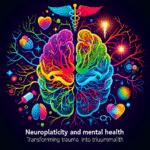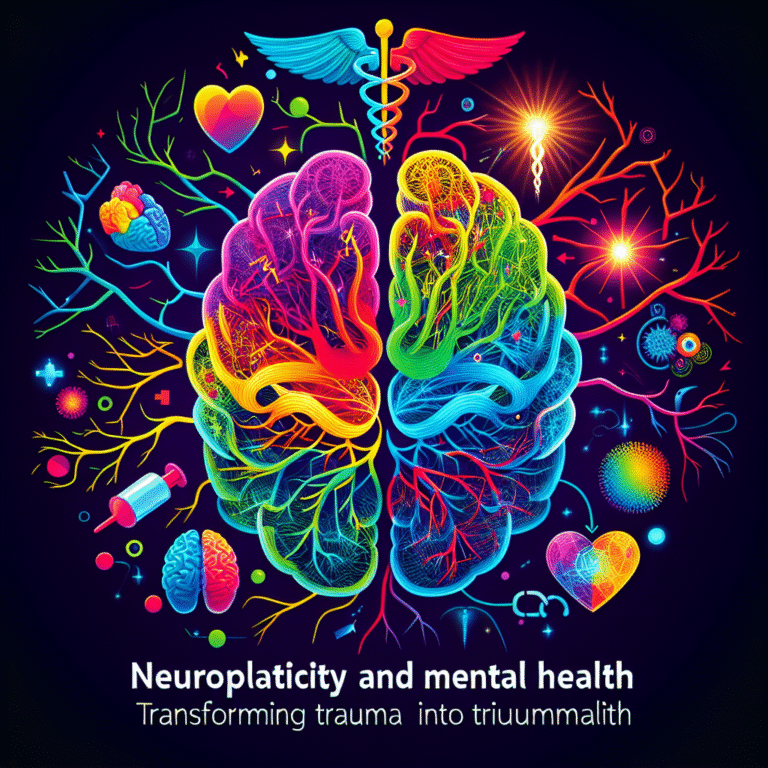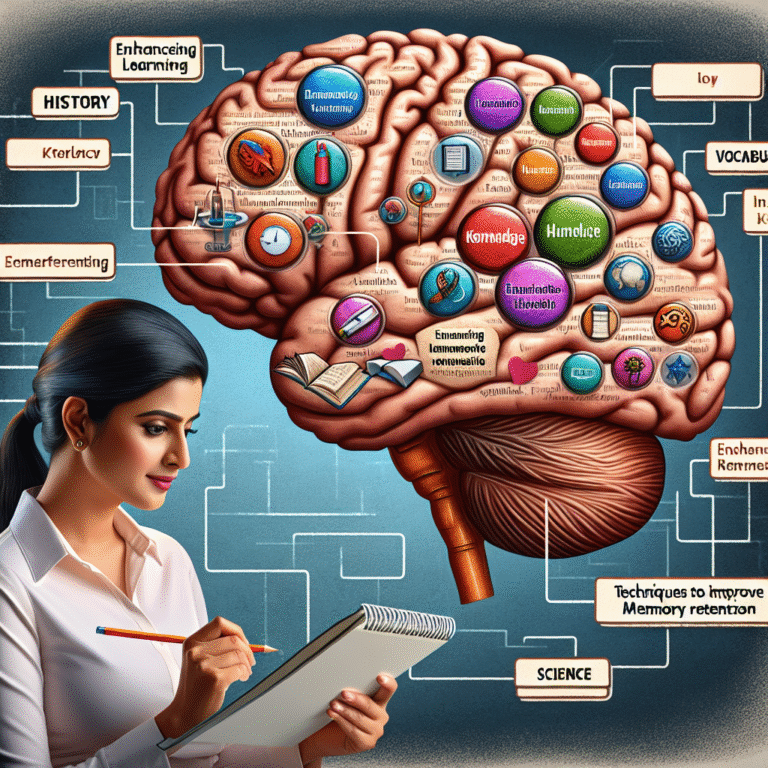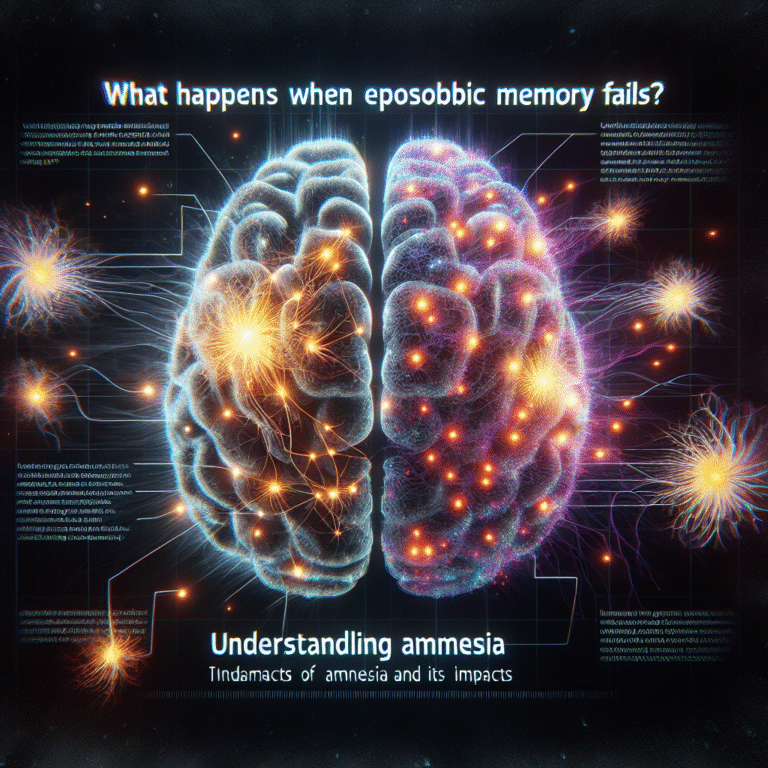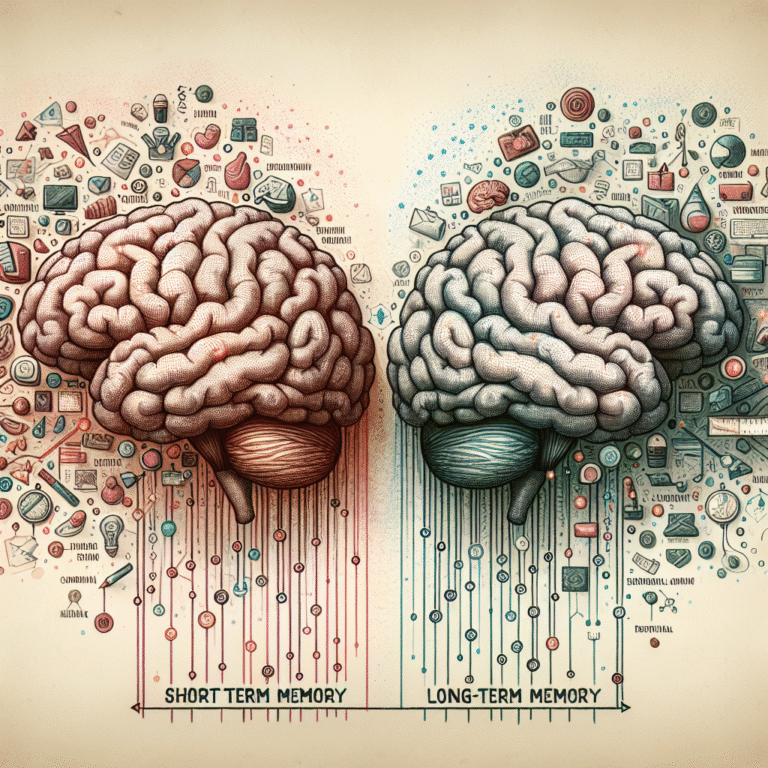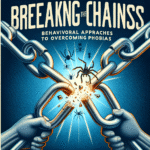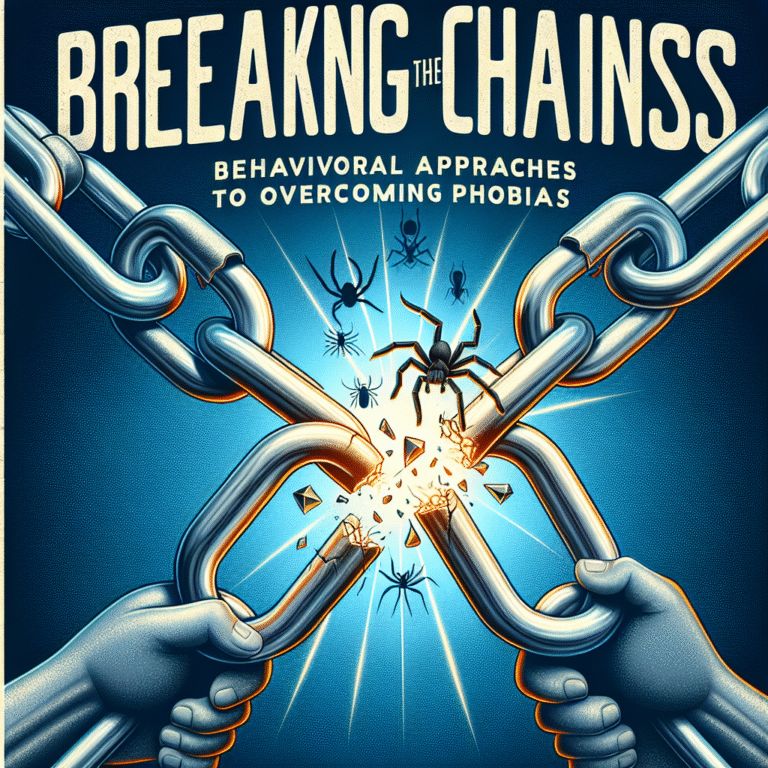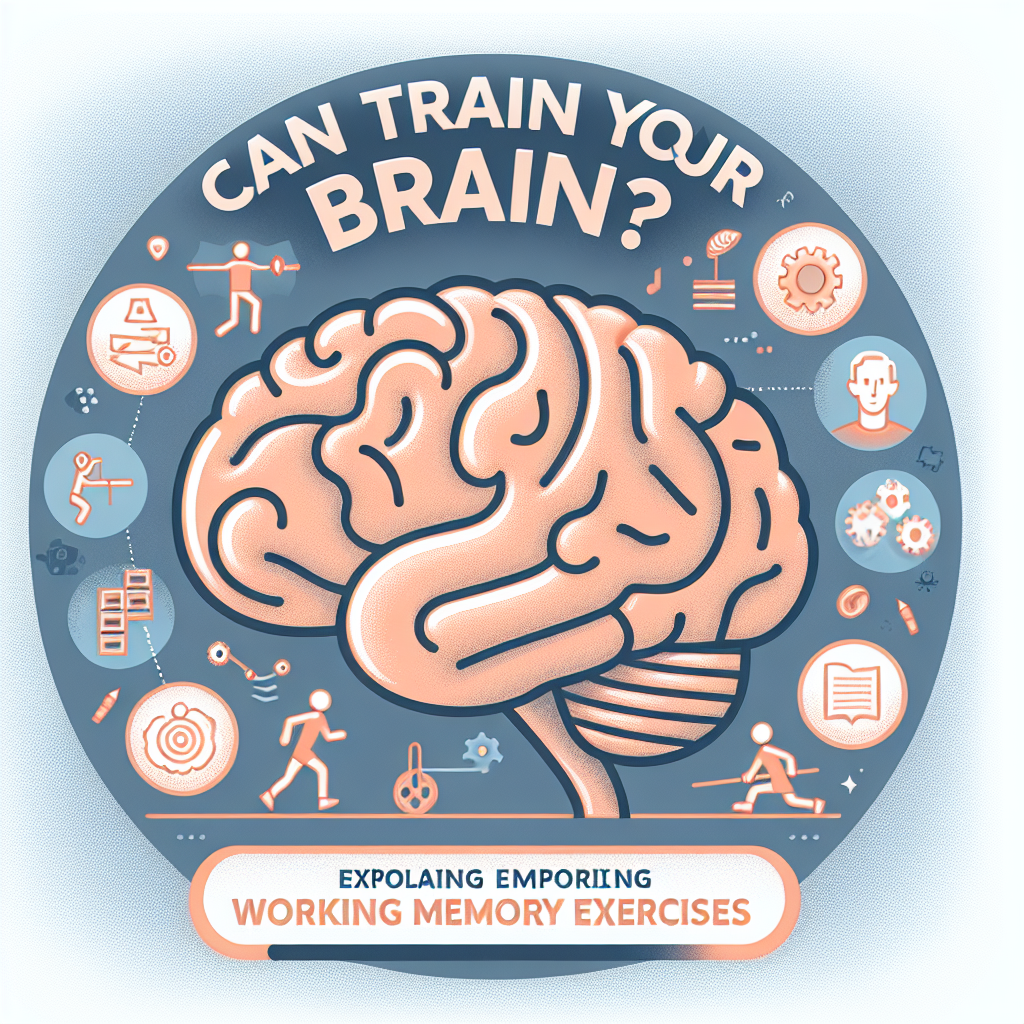
Introduction
In a world inundated with information and distractions, the pursuit of cognitive enhancement has never been more relevant. With busy schedules and endless to-do lists, many find themselves questioning: Can you train your brain? Exploring working memory exercises might be the key to improving focus, problem-solving abilities, and overall mental agility. Working memory, the ability to hold and manipulate information temporarily, is paramount in daily tasks—from juggling appointments to completing complex work projects. This article delves deep into this fascinating topic, revealing effective exercises to strengthen your working memory and enhance your cognitive abilities.
Understanding Working Memory
The Basics of Working Memory
Working memory is often likened to a mental workspace. It allows us to hold information actively while performing cognitive tasks. For instance, when you calculate a tip at a restaurant without pen and paper, you’re relying on your working memory.
Key Features of Working Memory:
- Capacity: Most studies suggest our working memory can hold about 7 ± 2 items simultaneously.
- Duration: Information can remain in this mental workspace for about 15-30 seconds unless it’s actively rehearsed.
- Flexibility: It allows for the manipulation of information, facilitating reasoning and comprehension.
The Importance of Working Memory
Strong working memory plays a crucial role in various aspects of life, including academic performance, decision-making, and social interactions. Enhanced working memory can lead to improved:
- Learning: Better retention of information and quicker processing.
- Problem-solving: More effective strategies in tackling challenges.
- Smart multitasking: Better management of competing demands.
Can You Train Your Brain?
The Science Behind Neuroplasticity
The brain’s ability to change and adapt is known as neuroplasticity. This concept underpins the question: Can you train your brain? Research shows that with targeted exercises, you can indeed enhance your working memory. In fact, studies have indicated that cognitive training can lead to structural and functional changes in the brain, resulting in improved cognitive functions.
Case Study: The Impact of Cognitive Training
In a recent study published in Nature (2021), researchers found that participants who engaged in cognitive training over 10 weeks exhibited significant improvements in working memory tasks. Not only did they outperform peers who did not engage in the training, but brain imaging revealed increased connectivity in areas associated with memory function.
Working Memory Exercises: Proven Techniques
Knowing that you can indeed train your brain is just the first step. The next is to dive into practical exercises that can enhance your working memory. Let’s explore some effective methods.
1. Dual N-Back Task
The Dual N-Back is a memory training activity designed to boost working memory and fluid intelligence. It requires participants to remember a sequence of visual and auditory stimuli.
- How to Play: You hear a letter and see a square that shifts positions on a grid. You must identify if the current stimuli match those from two steps back.
- Benefits: Research has shown that engaging with this task regularly can lead to a significant increase in working memory capacity.
2. Chunking Information
Chunking is a method where you group information into larger, more manageable units. For instance, instead of remembering the numbers 1-9-1-4-1-5-9, you can chunk them into 1914 and 159.
- Application: This technique can be applied in various scenarios, such as when memorizing phone numbers, historical dates, or even shopping lists.
- Case Study Analysis: In educational settings, students who used chunking methods demonstrated improved recall during assessments, which illustrates its effectiveness in real-world applications.
3. Mind Mapping
Mind mapping is a visual representation of information that helps in organizing thoughts and concepts. By creating a diagram, you can logically structure information, enhancing retention and recall.
- How to Implement: Start with a central concept, draw branches for related ideas, and use colors or symbols for better engagement.
- Benefits: Studies show that students using mind maps score higher in exams, indicating improved understanding and memory retention.
4. Memory Palaces
The memory palace technique involves associating items you want to remember with specific physical locations in a familiar place.
- How It Works: Imagine walking through your home, placing objects along the route (e.g., your keys on a chair, your grocery list on the kitchen table).
- Real-World Impact: Memory champions often credit this technique as a cornerstone of their success, demonstrating its power in not just memory recall but overall cognitive function.
5. Cognitive Training Games
Games designed to challenge cognitive abilities can also enhance working memory. Platforms like Lumosity and Brain Age offer exercises tailored to boost memory skills through engaging, game-like tasks.
- Game Examples: Tasks may involve patterns, sequences, or puzzles that require players to exert mental effort actively.
- Supporting Evidence: A meta-analysis published in the Journal of Cognitive Enhancement found significant improvements in working memory among participants engaging in cognitive games regularly.
Measuring the Impact of Working Memory Exercises
Tracking progress is essential to determine the effectiveness of your working memory exercises. Here’s a quick overview:
| Exercise | Key Metrics | Duration (Weeks) | Expected Improvement |
|---|---|---|---|
| Dual N-Back | Spatial and auditory recall | 10 | 20-30% increase |
| Chunking | Recall & performance | 4-6 | Up to 50% more items tested |
| Mind Mapping | Understanding and retention | 4-5 | Enhanced visual memory |
| Memory Palaces | Recall accuracy | 6-8 | Retain up to 90% of placed items |
| Cognitive Training Games | General cognitive function | 8-12 | 10-20% improvement |
Conclusion
In summation, the journey of enhancing your cognitive abilities through the question, Can you train your brain? Exploring working memory exercises reveals a landscape rich with potential. While the exercises outlined—ranging from cognitive games to innovative techniques like mind mapping—require consistent effort, the rewards are plentiful. A robust working memory can empower you to navigate life’s complexities more efficiently and effectively.
Start implementing these exercises today, and watch as your cognitive capabilities soar. Remember, the brain is not static; with dedication and practice, you can mold it into a more powerful tool for success.
FAQs
1. How often should I practice working memory exercises to see improvements?
Answer: Aim for at least 20-30 minutes of practice several times a week. Consistency is key for seeing long-term benefits.
2. Are there particular age groups that benefit most from working memory training?
Answer: While individuals of any age can benefit, children and older adults particularly show marked improvements due to their high levels of neural plasticity and need for cognitive enhancement.
3. Can working memory exercises improve daily life tasks?
Answer: Absolutely! By enhancing your working memory, you can improve skills like multitasking, problem-solving, and even social interactions.
4. What are some signs that my working memory needs improvement?
Answer: Common signs include difficulty following conversations, frequently forgetting information, and struggling with organization.
5. Are there any risks associated with cognitive training?
Answer: Generally, cognitive training is safe. However, it can be frustrating, which might lead to discouragement. It’s essential to stay patient and consistent in your practice.
Embrace the challenge of enhancing your working memory, and experience the cognitive benefits that come with it!
